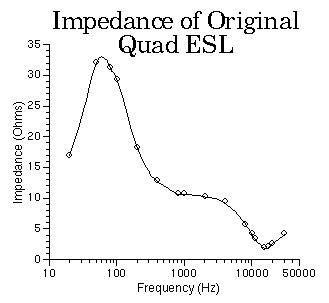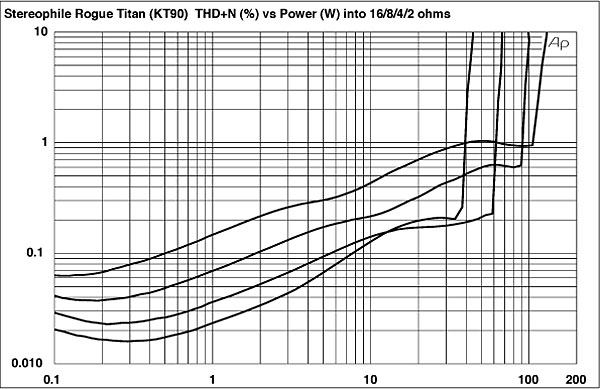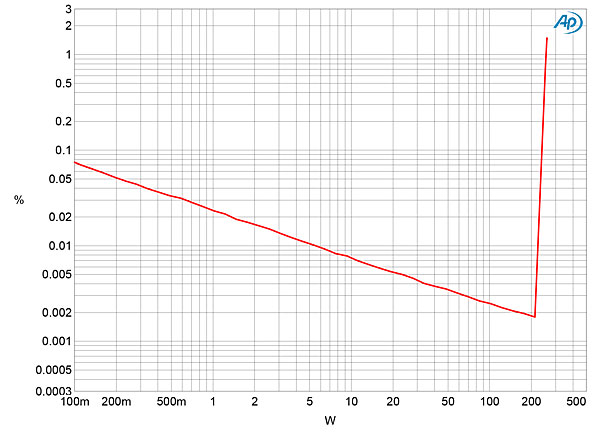fastfreddy666
Member
- Joined
- Dec 16, 2021
- Messages
- 56
- Likes
- 100
Increasing your carbon footprint in the name of hedonism. What about climate change?Who cares about efficiency? It's about enjoyment.
You're a monster.
Increasing your carbon footprint in the name of hedonism. What about climate change?Who cares about efficiency? It's about enjoyment.
So quit the forum and go live in a tent. I'm enjoying music.Increasing your carbon footprint in the name of hedonism. What about climate change?
You're a monster.
I use a pair of Kingsound Princess IIa hybrid bookshelves. I believe they are 83dB sensitivity and 8 ohm nomimal? I use them relatively near-field however.It would probably help to know what speakers you have, what you listen to, and how large (approximately) your listening room is. There are huge numbers of people who don't even hit 90dB with their systems and listen to a girl with a guitar in a small room. Under these conditions, 5-10W and 88dB sensitive speakers can do just fine!
My question is what's the difference between running them into an analyzer and running them into a speaker load? Does this change performance? I'm not an engineer but that question has been in my head ever since I saw your initial thread weeks ago.Nearfield listening dramatically reduces power requirements, that's for sure!
Increasing your carbon footprint in the name of hedonism. What about climate change?

There are some solid state devices that chug down lots of power! I have a solid state amp sitting around that consumes 300W at idle when it's on!And it is not only when these very hot tube devices run that they burn way too much energy (compared to solid state devices),
To drive a 2 ohm load you'd want to look at high current solid state amps or some specialty tube amps with low taps available. One that I can remember owning a long time ago was a pair of VTL 225 monoblocks that IIRC had 2 ohm taps available.the impedance was around 2 ohms flat across almost the entire FR above where the electrostatic tweeter takes over on the crossover.
Yes -- sorry about that; I got it on the third try!Explaining again, there is only one "set" of measurements there. One line for each channel.

Well my point is it seems to drive them quite well. I haven't had issues running these speakers in my current setup. I've also run a pair of Sony APM-22ES and a pair of JBL Studio 530. All of them do great off the Crimson. Audible improvement over my Schiit Ragnarok 1 (although I mainly got the Ragnarok for headphones). I probably can't reach 15 watts near-field, however, so take this all with a grain of salt.To drive a 2 ohm load you'd want to look at high current solid state amps or some specialty tube amps with low taps available. One that I can remember owning a long time ago was a pair of VTL 225 monoblocks that IIRC had 2 ohm taps available.
Not to dwell on this -- which I realize is probably imprudent and even impudent!The Cayin is not comparable because of its topology (which is what determines that distortion curve). This Carver amp would likely clip in the usual push-pull manner if it didn't blow fuses before its clipping point.

source: https://www.stereophile.com/content/rogue-audio-titan-atlas-magnum-power-amplifier-measurementsFig.4 Rogue Titan Atlas Magnum, 4 ohm tap, KT90s, distortion (%) vs 1kHz continuous output power into (from bottom to top at 1W): 16, 8, 4, 2 ohms.

source: https://www.stereophile.com/content/mcintosh-mac7200-stereo-receiver-measurements" Fig.5 McIntosh MAC7200, 8 ohm tap, distortion (%) vs 1kHz continuous output power into 8 ohms"
Well the thanks certainly go to you for putting your money where your mouth is. I'll happily donate if you have to pay a restocking fee.Without Jim Clark I wouldn't have dropped $2800 on a new amp to clear all this up, so I suppose in a way we owe him some thanks.
The analyzer itself is not a load, but the dummy load @amirm uses. Standard dummy loads have a resistance independent of frequency so they are in fact easier to drive than typical speaker loads.My question is what's the difference between running them into an analyzer and running them into a speaker load? Does this change performance? I'm not an engineer but that question has been in my head ever since I saw your initial thread weeks ago.
